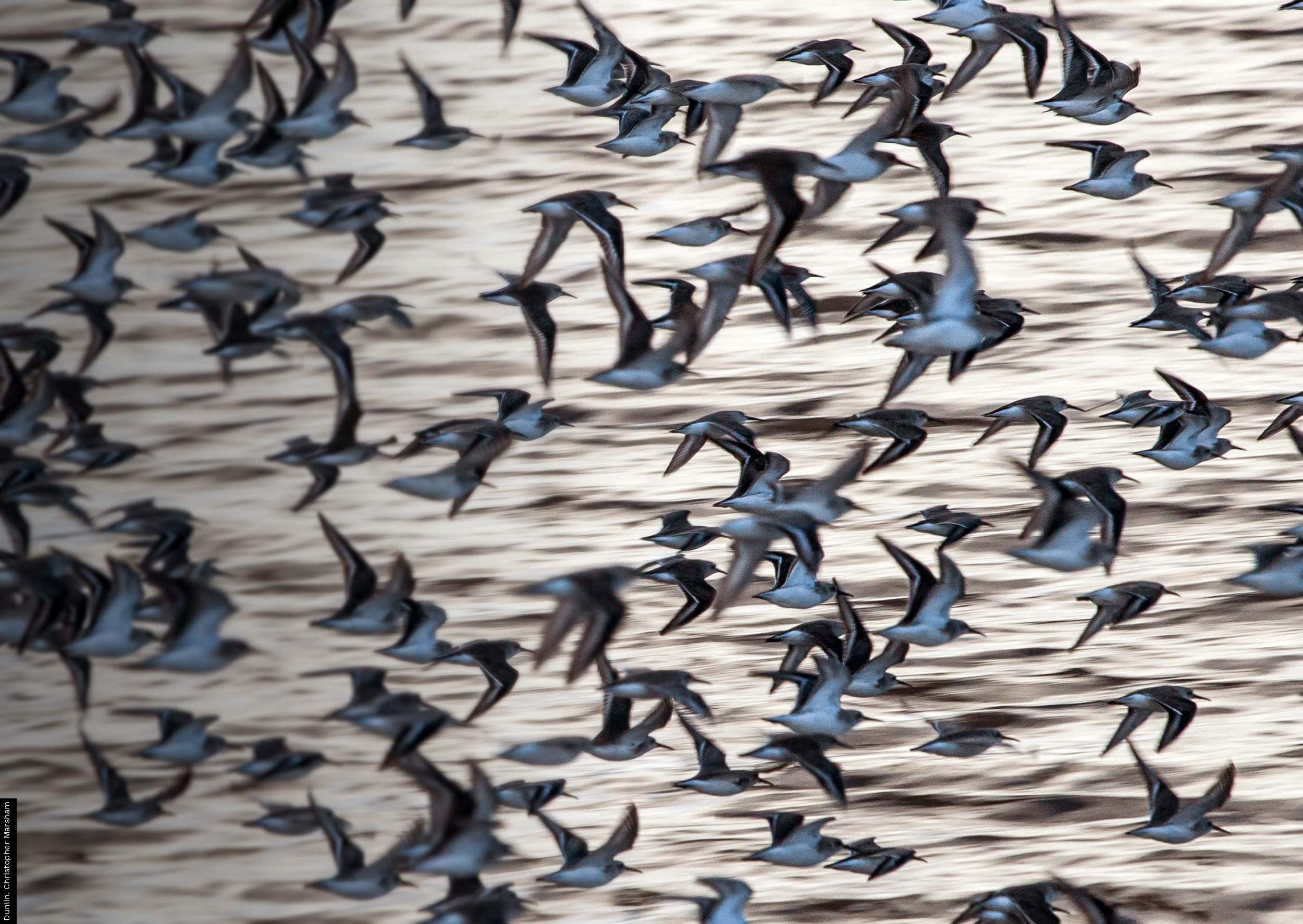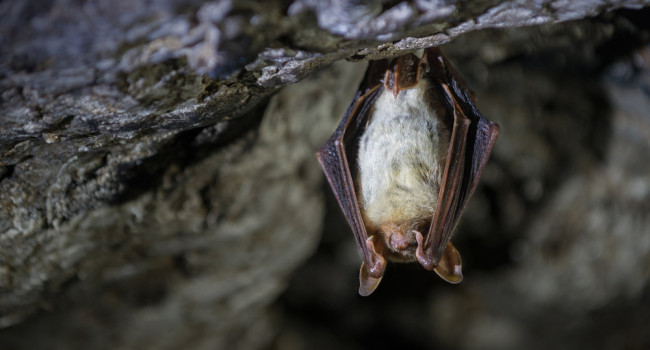Breeding Bird Survey celebrates 30 years of citizen science in Scotland
16 May 2024 | No. 2024-16
Published today, the latest BTO/JNCC/RSPB Breeding Bird Survey (BBS) Report shows continued declines for Scotland’s Swifts, Curlews and Kestrels.
This press release is specific to Scotland. Alternatively, view the press release for:
The report reveals good news for Willow Warbler, a summer visitor that is on the up in Scotland, bucking the UK-wide trend of major declines. Cuckoos and Chiffchaffs too are doing well in Scotland.
BBS is the main scheme for monitoring the population changes of the UK’s common and widespread breeding birds, producing population trends for 75 species in Scotland.
For many birdwatchers, however, this is not just a time to casually observe these annual rituals - it signifies a period of dedicated, systematic information gathering which can help shape conservation outcomes.
For 30 years, a total of nearly 9,000 enthusiasts have been contributing essential data to the Breeding Bird Survey (BBS), one of the UK’s longest-standing citizen science initiatives. The BBS is a partnership project organised by the British Trust for Ornithology (BTO), the Joint Nature Conservation Committee (JNCC) and the Royal Society for the Protection of Birds (RSPB).
With around 400 volunteers taking part each spring and summer, Scotland’s birders have collectively provided approximately 660,000 records since BBS was launched, allowing scientists to identify any notable changes in the status of our breeding birds. At least four of these keen-eyed contributors have been submitting their observations from Scotland for the entire three decades that the survey has been running.
The BBS, following on from its predecessor, the Common Birds Census, gathers information from across the UK and helps paint a clear picture of just how well, or not, the UK’s and Scotland’s common and widespread land-based birds are faring. By analysing the collected data, scientists can see that while some birds such as Goldfinch, Great Spotted Woodpecker and Long-tailed Tit are faring reasonably well in Scotland, others including Swift, Curlew, Greenfinch, Lapwing and Kestrel are in steep decline. The reasons for these population changes are varied and the survey data allow scientists to investigate the potential causes for each species.
Since the start of BBS, the data have shown that, in Scotland alone, Swifts have suffered significant declines of 60% since 1995 while Swallow numbers have dropped by a third in the last ten years, similar to what is seen in the rest of the UK. For birds such as these, which rely heavily on aerial insects, any decline in these invertebrates means that there is simply less food for adult birds and their growing chicks. A reduction of breeding sites can be mitigated by the provision of artificial nesting sites, but the issue of finding a diminishing food source is much more difficult to resolve.
These birds are not alone; of the 75 species monitored by BBS in Scotland, 16 have decreased since 1995. However, 23 species are on the increase in Scotland, including a number of woodland birds such as Willow Warbler, Garden Warbler and Tree Pipit, as well as Cuckoo, and which are faring less well south of the border. Understanding what drives these differences will be a major conservation focus for the coming years.
Starling numbers in Scotland have dropped by almost a third since the survey began, though there is some good news as three species of warbler are doing well in Scotland with Chiffchaff having increased by 1,089%, Blackcap by 679% and Whitethroat by 121% since the start of the survey.
| Losses | % loss (1995 – 2022) | Gains | % gain (1995 – 2022) |
| Greenfinch | -71 | Chiffchaff | +1,089 |
| Kestrel | -67 | Blackcap | +679 |
| Lapwing | -61 | Tree Sparrow | +450 |
| Curlew | -60 | Jay | +445 |
| Swift | -60 | Great Spotted Woodpecker | +440 |
| Oystercatcher | -37 | Goldfinch | +238 |
Dr James Heywood, BBS National Organiser, said: “Without the dedication of Scotland’s BBS surveyors, we would not be able to see the changing fortunes of bird populations north of the border, and with it look to identify causes and potential solutions. This report, with an additional five trends, highlights the dedication of our volunteers – with greater coverage, scientists can produce more and more robust trends. Given that Scotland poses some of the greatest challenges to volunteers in terms of remoteness and terrain, their efforts are to be especially celebrated.”
Dr Paul Walton, Head of Habitats and Species, RSPB Scotland said: “The BBS provides a truly vital assessment of our common and widespread terrestrial breeding birds. The results from the incredible BBS Surveyor volunteers, taken alongside dedicated surveys of seabirds and our rarer, more localised species, give wild bird conservation in Scotland its essential evidence base. In a rapidly changing world, the importance of this work cannot be overstated. The increases in species like Great Spotted Woodpeckers and Goldfinches will be delighting and enriching the lives of many thousands of people across Scotland, and I am one. The plight of our Curlews, Lapwings and Swifts clearly signals the need for renewed vision and determination for nature conservation across Scotland.”
Further information
- View the full Breeding Bird Survey Report >
- More information about the Breeding Bird Survey >
- View the press release for the Breeding Bird Survey Report in the UK, Wales or Scotland.
Contact details
Jon Carter (BTO Media Manager)
Mobile: 07585 440910
Email: press [at] bto.org (subject: News%20release%20enquiry)
Mike Toms (Head of Communications)
Mobile 07850 500791
Email: press [at] bto.org (subject: News%20release%20enquiry)
Images
Images are available for use alongside this News Release:
- Image library >
- Password: 2024-15BBS
Alternatively, please contact press [at] bto.org quoting reference 2024-15.
Notes for editors
The British Trust for Ornithology (BTO) is the UK's leading bird research charity. A growing membership and up to 60,000 volunteer birdwatchers contribute to BTO's surveys, collecting information that underpins conservation action in the UK. BTO maintains a staff of 100 at its offices in Thetford, Stirling, Bangor (Wales) and Belfast (Northern Ireland), who analyse and publicise the results of surveys and projects. BTO's work is funded by BTO supporters, government, trusts, industry and conservation organisations.
The Joint Nature Conservation Committee (JNCC) is the statutory adviser to the UK Government and devolved administrations on UK and international nature conservation. Its work contributes to maintaining and enriching biological diversity and sustaining natural systems.
The Royal Society for the Protection of Birds (RSPB) is the UK’s largest nature conservation charity, protecting habitats, saving species, and helping to end the nature and climate emergency. For over a century the RSPB has acted for nature through practical conservation and powerful partnerships, campaigning and influence, and inspiring and empowering millions of people, including almost 1.2 million members.






Share this page